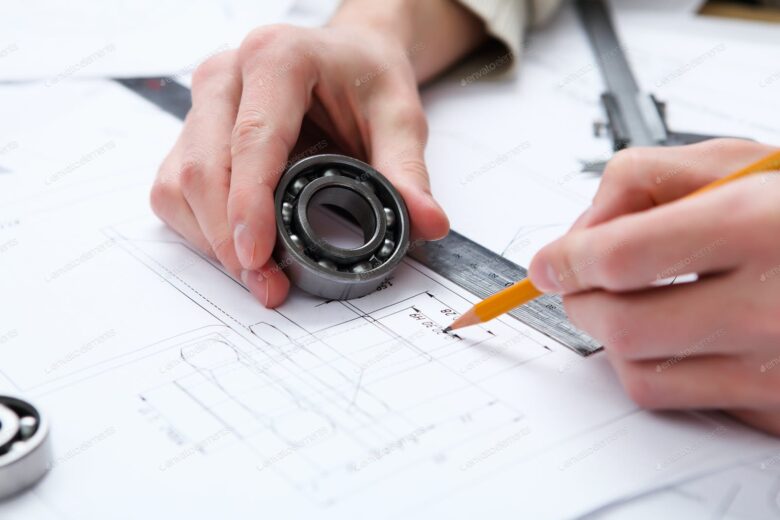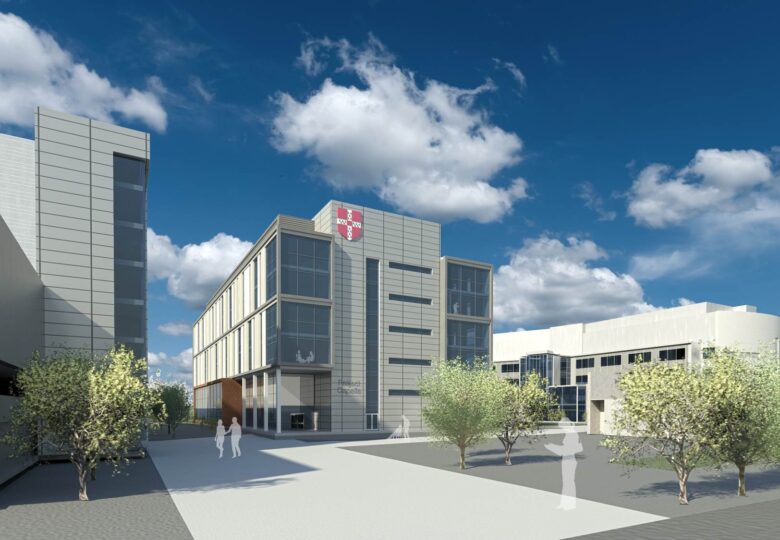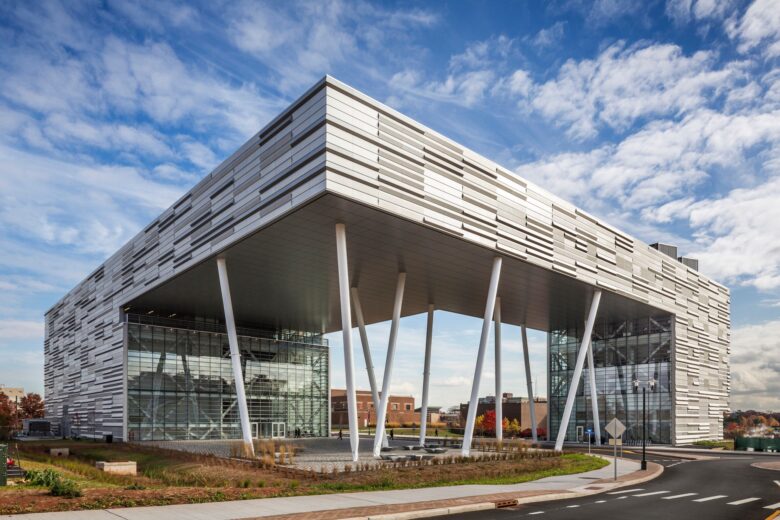Architecture is one of the most rewarding and exciting career paths that one can take today. Not only does it offer competitive pay with great compensation, but it offers a versatile working platform. You could be involved in everything from designing homes for your own clients to designing skyscrapers for the city. You could even get into designing bridges and other structural feats. Simply put, there is no shortage of money or opportunity in the architecture industry. That doesn’t mean that it’ll be easy to just burst right onto the scene. In fact, it’ll be harder than you’d ever imagined, given all the changes that have been taking place as of late. The industry is currently far from the hand-drawn designs that it used to be. Heck, it’s not even in the 2D CAD stage anymore.
Now, everything is completely 3D, and this is something that is coming along with immense benefits. 3D visualization is the future of the architectural industry, as it has already proven useful in a variety of practical scenarios. What does 3D offer that other software programs didn’t offer, and where will it likely take the industry in the future?
A Better Overview Of Projects

Source: thebalancesmb.com
When people invest their money these days they want to know exactly what they are getting. This is why more and more people are going online and reading reviews and testimonials before investing in specific products and services. Well, you can guarantee is a customer is going to drop $200,000 to $300,000 on a newly designed building, they are going to want to know anything and everything about it. They’ll want to see it, and this is where 3D software can help out. Before, a hand-drawn sketch might have been good enough to appease a customer, but this is no longer the case. 3D designs completely change the playing field. They’ll allow the customer to see everything about the project.
They’ll be able to see the floor plans, the exoskeleton of the building, the outside yard, and pretty much everything surrounding the area where the building will be developed. Having this kind of ability will no doubt win your firm more clients and contracts.
Making Changes Within The Design

Source: elements.envato.com
Another great thing about this type of software is that it’ll let customers make changes inside the building. Floor plan changes and model adaptations have always been a real and viable thing, but they have never been so accessible as they are right now with 3D software. You just learned that 3D software can render an exoskeleton of a building. Well, it can also allow customers to change floor plans and apply them to the exoskeleton. Simply put, consumers will now be able to see what their designs will look like in place, rather than just on a 2D paper model.
Viability Of The Landscape

Source: iraqbuild.org
When customers invest money in a building or home, they want to see more than just that building or home. 3D visualization software from companies like CGTrader ARsenal will help architecture firms do just that. In the past, renders were able to utilize various hand-drawn techniques to show the color and composition of a given building site. The only problem is that the renderings were not always perfect. How could the be without the knowledge of what a landscape will really look like with a building on it? 3D modeling software dissipates this type of fog that surrounds construction rendering.
It’ll provide customers a more realistic view of their building sitting on the grounds. That being said, it will still be important to remember that such renderings will not always 100 percent accurately represent what the end product will look like. And, this is because climate, construction implementation, budget concerns, and growth patterns can come into play. All of these things can affect the end product, but 3D visualization is the only available tool that will depict an accurate picture and plan as possible. One day there might be software available to interrupt the above-mentioned factors, but that day is not today.
Streamlining The Process

Source: em.admin.cam.ac.uk
If you’ve ever worked on a project that’s been sidelined because of design oversight, you likely already know just how stressful it can be. Not only are you still fighting to meet a tight deadline, but you’ll have tons of people breathing down your neck, wondering how you missed this oversight in the first place. There are some code violations and oversight that have delayed projects for as long as a year or more, but this is really beside the point. The point here today is that 3D render software could help prevent this very thing. When you and your firm have a clear picture of everything from the grounds to the inside of the building, you should be able to spot, identify, and avoid potential code violations or design flaws.
The Future Of The Technology

Source: bdcnetwork.com
There is no denying that the design process has gone nowhere but forward, and it continues to move in that direction every day. This really is a good thing for both developer and client, as it provides clear depictions of works. It goes without saying that 3D visualization will grow even more efficiently and effectively. The only question is where could it potentially go? The truth of the matter is that it’s more than hard to say. The one thing that can be said for sure is that it’s the massive future potential this technology holes that makes it all that more exciting. The software is continuing to dip in price, becoming more and more practical for rendering firms of all sizes.
Conclusion
More and easier access to such software can only be a good thing, as it’ll mean the more people that use the software, the more that will be uncovered. It is possible that one-day people might figure out how to utilize this software to completely survey a building lot from the top to bottom, including what’s actually in the ground. As of right now, it seems that the future is bright and the sky is the limit for 3D rendering software.




